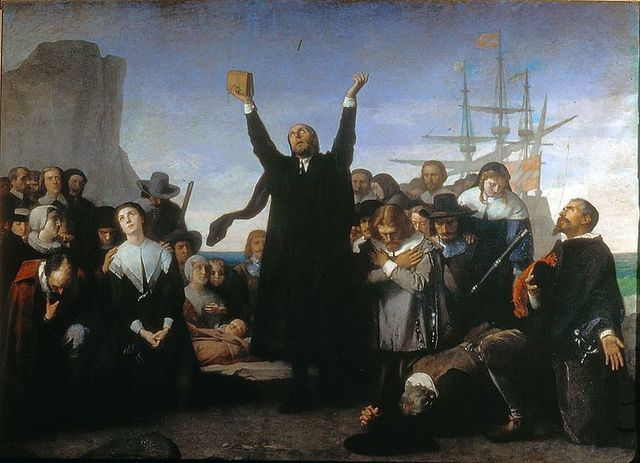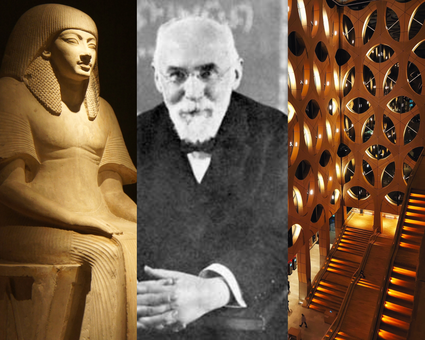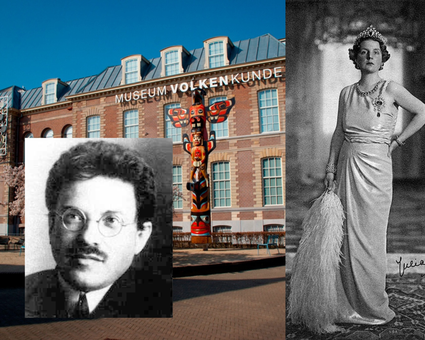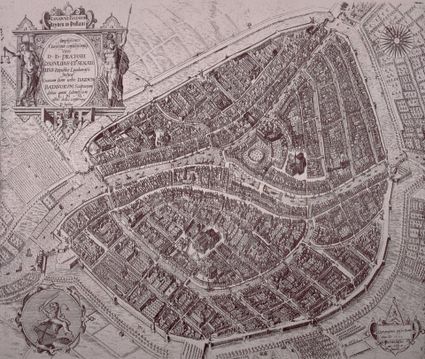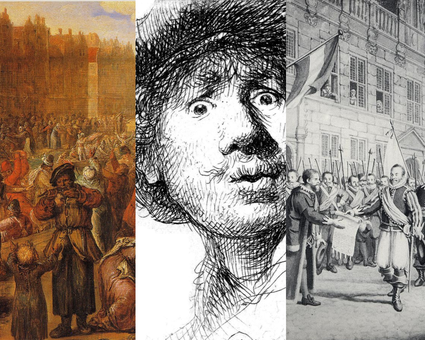Chapter II
Leiden History 101
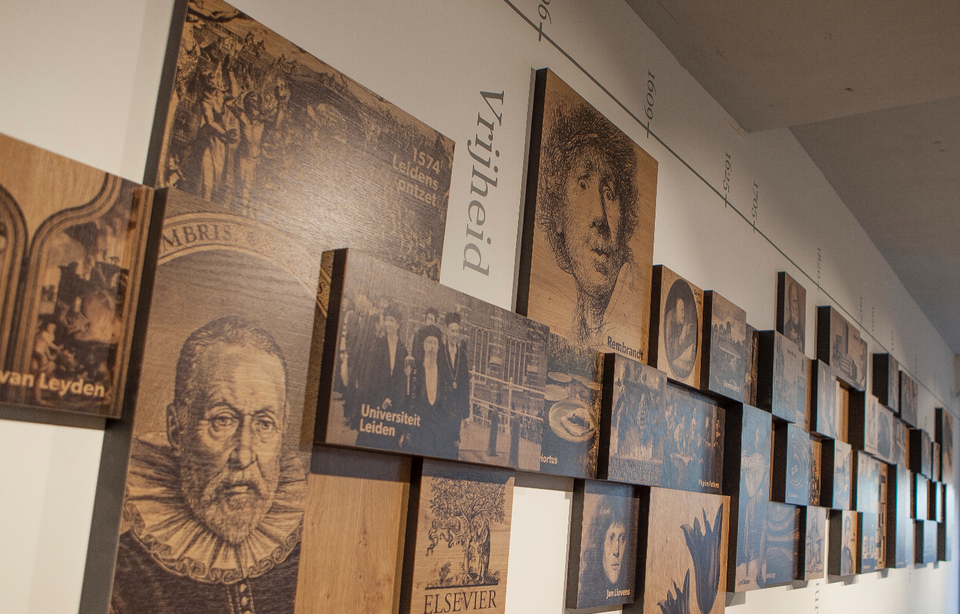
Introduction - Leiden's Observatory, Schouwburg, and First Tulip
‘’All the flowers of all tomorrows are in the seeds of today’’. This is an ancient proverb, the origin of which remains unknown. It is speculated that it originated from ancient Eastern philosophy but has also been said to stem from Native Americans.
It’s an enticing quote, as it essentially means that anything you do today can turn into something useful, beautiful, or even revolutionary in the days to come. It also helps us to break down seemingly impossible tasks or goals, by simplifying the fact that everything that has meaning to us today, once started as a simple first step.
Every beautiful building started with a brick. Every classical book began with an idea. Every skilled artist started with paper, a pencil and a sketch.
In Leiden, the first tulip was a gift from a Sultan of the Ottoman Empire and eventually became a national symbol of the Netherlands. The Leiden Jar paved the way for modern batteries. And, Professor Kaiser’s insistence on building an observatory, later led to Oort’s discovery of dark matter, and the revelation that the Milky Way rotated.
The following chapter discusses various seeds that were planted long ago, and which have now fully bloomed.
The First Tulip
Contrary to popular belief, the first tulip in the Netherlands actually came from Turkey. Botanist Carolus Clusius received his first tulip bulbs as a gift from the Ottoman Sultan Suleiman, which he would plant in the Hortus Botanicus.
The rare flower was a sought-after trade item, resulting in a genuine, large-scale tulip mania. The bulbs were traded before they could even begin to grow. At the peak of the tulip mania, in 1636, the price for a single bulb reached the same price as that of a house.
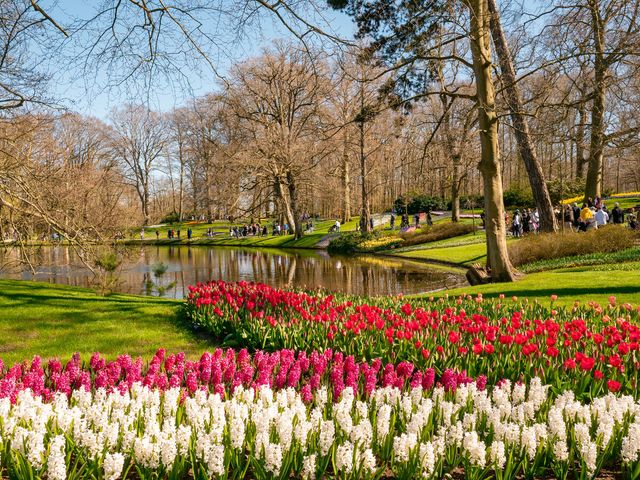
Gabriël Metsu
Metsu (1629-1667) was born in Leiden as the son of the Flemish painter Jaques Metsue, who had settled in this city.
It is likely that Gabriël first apprenticed with his father and then with Gerard Dou, the leading genre painter in Leiden at the time. In 1648, Metsu was one of the founders of the Leiden painters' guild (het Leidse schildersgilde).
In 1657, he moved to Amsterdam, where he lived for the rest of his life. Although Leiden was the city of fine painters at that time, Metsu's refined style only flourished after he left the city. Gabriël Metsu painted genre pieces, mostly interiors with people and street scenes, but also religious subjects.

Jan Steen
Jan Steen (1626-1679) was born and raised in Leiden. He came from a reasonably wealthy family as his father was a grain merchant.
Jan Steen was a contemporary of the even more famous Rembrandt Van Rijn and quickly became a painter after studying with several other well-known painters, including the German-Dutch painter Nicolaes Knüpfer.
Steen's most famous works are mainly paintings of everyday life from his own time during the 17th century. He preferred to paint in humorous ways, which would depict the most chaotic parts of daily life.
These paintings are still highly admired today, and the Dutch owe the expression ‘’een huishouden van Jan Steen’’ (a household of Jan Steen) to this famous painter - used to describe a chaotic situation, particularly within someone's house.

Rapenburg
In the 17th century, the Rapenburg developed into the main canal of Leiden. The city was thriving, and wealthy merchants were looking for a place to build their homes.
Over the centuries, many celebrities have lived here, from the physician Boerhaave and Japan researcher Von Siebold to various members of the royal family, who studied here.

Leiden Jar
The Leiden jar was invented in Leiden in 1746 by Pieter van Musschenbroeck, a professor of physics at Leiden University. With this jar, Musschenbroek showed that electricity can be stored and then released again.
Musschenbroek partially filled a glass jar with water, which was covered in tin foil from the in- and outside, and then closed it with an insulating lid. He then inserted a copper rod with a copper knob through the lid. The object was then connected to an electric machine - charging the Leiden Jar.
By discharging the jar, researchers were able to study short electrical currents. Eventually, of course, this led to the first form of the modern battery. The Leiden Jar can be viewed at Museum Boerhaave in Leiden.

Leiden Continuum
Leiden, Key to Discovery, where the sum of science, culture, and freedom of thought equates to the rise and success of icons. From Rembrandt van Rijn to Armin van Buuren, from the Pilgrim Fathers to the T.rex, and from the tulip to Leiden Bio Science Park.
These figures, inventions, discoveries, and events, form part of Leiden's underlying DNA, which can be explored through the Leiden Continuum (Het Leids Continuüm).

